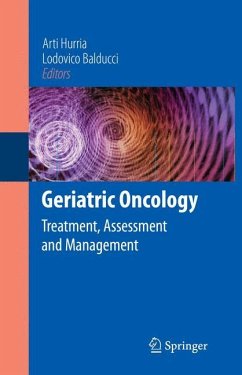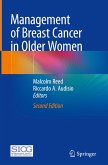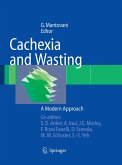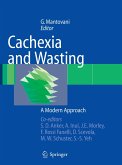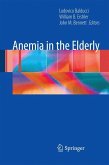Cancer and aging are integrally related. Cancer incidence and mortality increase with age, with most cancer diagnoses and deaths occurring in patients aged 65 and older. The aging of the Baby Boomer population, along with an overall increase in life expectancy, points to a doubling of the U.S. population over age 65 by the year 2030. This demographic shift, combined with the known association of cancer and aging, is expected to bring about a rapid growth in the older cancer-patient population. It is clear that geriatric principles must become part of oncology care. The evaluation and development of treatment recommen- tions for an older adult with cancer can be challenging for many reasons. Tumor biology and response to therapy are affected by age. In addition, age-related factors may impact treatment patterns, tolerance, and efficacy. These age-related factors include functional status declines, comorbid conditions, changes in cognitive function, weakening of organ function, decreases in physiologic reserve, and faltering social support.
Hinweis: Dieser Artikel kann nur an eine deutsche Lieferadresse ausgeliefert werden.
Hinweis: Dieser Artikel kann nur an eine deutsche Lieferadresse ausgeliefert werden.
From the reviews:
"This is a review of all relevant topics in geriatric oncology for practicing oncologists, oncology nurses, geriatricians, or primary care providers. The purpose is to provide clinically useful material for practitioners. ... The book would best be used by physicians or nurses in the field medical oncology, but it also might be useful for others who care for elderly patients with cancer. ... The chapters are easy to read ... . The strength of this book lies in its common sense approach and practical usefulness." (James F. Brandman, Doody's Review Service, November, 2009)
"This is a review of all relevant topics in geriatric oncology for practicing oncologists, oncology nurses, geriatricians, or primary care providers. The purpose is to provide clinically useful material for practitioners. ... The book would best be used by physicians or nurses in the field medical oncology, but it also might be useful for others who care for elderly patients with cancer. ... The chapters are easy to read ... . The strength of this book lies in its common sense approach and practical usefulness." (James F. Brandman, Doody's Review Service, November, 2009)

